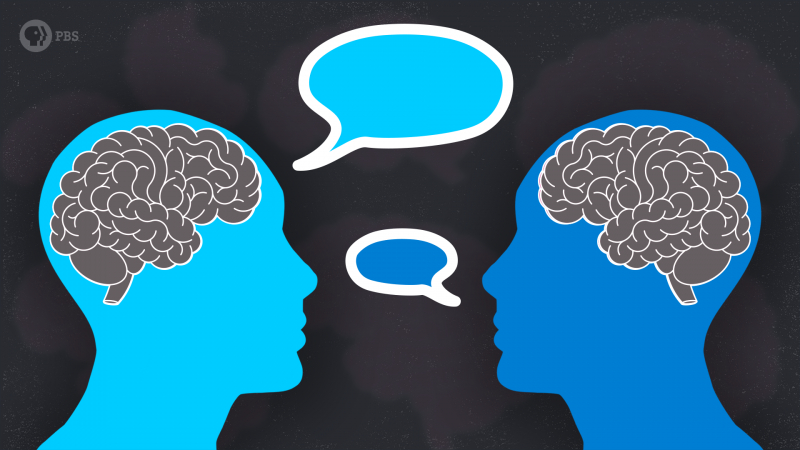Media Literacy Skills and SEL
Media literacy skills are a crucial part of SEL. The ability to analyze, evaluate and create media offers tangible ways to develop the five SEL competencies. KQED’s video series for middle and high school students, Above the Noise, can help students move from self-awareness and accountability to build more empathy for others in their school community.
The Above the Noise topics in the curated video list below can be used to develop restorative practices such as empathy in tandem with SEL competencies to help students become more responsible and caring members of a multicultural society.
The video Does Being Popular In High School Really Matter? breaks down the bewildering concept of popularity and helps students understand what it REALLY means to be popular. Use this video to introduce SEL competencies by asking students to compare/contrast two key concepts in the video: status and likeability, and reflect on how aspects of their own identities (personal and social) impact their friendships. Use activities such as anticipation/reaction charts to ask students to confront situations of peer pressure and to recognize how their decision-making has consequences as a reflection on their own well-being, and impacts the entire community.
Is Your Social Status Making You Sick? discusses how financial inequity and the comparison of social classes can have negative effects on physical health. This Above the Noise episode promotes self-management, social awareness and relationship skills. A powerful SEL activity to use with this episode would be student-led community-building circles. Students can be provided with talking points from the video, which they then use to facilitate a restorative circle activity.
Watching Why Do Our Brains Love Fake News? encourages viewers to “look in the mirror” and examine their own worldviews and beliefs. Decisions are oftentimes based on emotion more so than reason, and this episode helps develop students’ self awareness by examining their own cognitive bias when making media choices. A lesson idea to pair with this video would be for students to evaluate a piece of fake news with a quick writing activity.
Can Procrastination Be A Good Thing? Indeed it can, unless it becomes chronic. This episode reframes procrastination in a positive light, and offers students an empowered insight on time management. The pressure created from procrastination can actually increase creativity! Students can use metacognitive skills to reflect on their own self awareness and self-management.
When I think about using Above the Noise episodes in my ELA classroom, I’d pair SEL competencies with listening, speaking, reading and writing (LSRW) skills that empower student-centered learning. In addition to building SEL competencies through discussion, many Above the Noise episodes also share themes with popular novels. For example, Does Being Popular In High School Really Matter? pairs well with a thematic-based reading of popularity in the young adult novel “Stargirl” by Jerry Spinelli, or of a character study of Jay Gatsby in F. Scott Fitzgerald’s “The Great Gatsby.” The possibilities are endless. These videos could be integrated into any discipline to connect SEL competencies and media literacy with the content of your classroom.
Additional Above the Noise Videos to Check Out:
Self-awareness/Self-management
Who Gets Imposter Syndrome and How Do You Deal With It
Why Can’t You Get Up Early For School?
Screen Time: How Much Is Too Much For You?
Survival Guide: How To Handle Family Stress
Social awareness/Relationship Skills
How Do Different Social Media Platforms Affect Your Mood
What Does It Mean To Be Anti-racist?
Is The Internet Making You Meaner?
How Can We Help Prevent Suicides?
Internet Trolls: Born That Way?
Responsible Decision-Making
False Equivalence And Why It’s So Dangerous
Additional SEL Resources:
Botvin LifeSkills Training
The CASEL Guide to Schoolwide Social and Emotional Learning
Strategies for Elevating Student Voice (CASEL)
SEL in Digital Life Resource Center (Common Sense)
Social and Emotional Learning in the Daily Life of Classrooms (GTL)
Leader in Me
Social and Emotional Learning: The Arts for Every Classroom (PBS LearningMedia)
